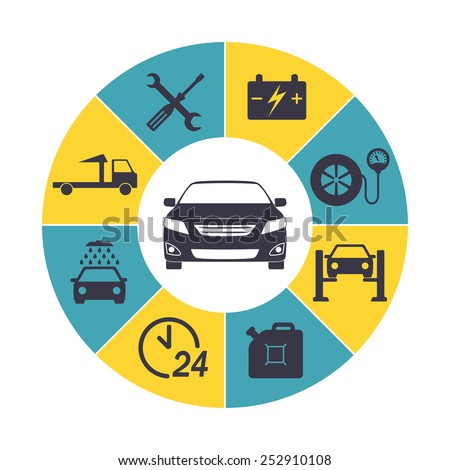Wondering About The Meaning Behind Those Control Panel Caution Lights? Gain Understandings Right Into Their Ramifications For Your Automobile'S Safety And Upkeep
Wondering About The Meaning Behind Those Control Panel Caution Lights? Gain Understandings Right Into Their Ramifications For Your Automobile'S Safety And Upkeep
Blog Article
Authored By-Sykes Stark
When you lag the wheel, those radiant caution lights on your control panel can be a bit perplexing. Do you know what they're attempting to inform you concerning your automobile's wellness? Recognizing the value of these lights is crucial for your security and the durability of your automobile. So, the following time one of those lights turns up, wouldn't you wish to decipher its message precisely and take the required actions to resolve it?
Common Warning Lights and Interpretations
Recognize common warning lights in your vehicle and recognize their significances to make certain risk-free driving.
One of the most normal warning lights consist of the check engine light, which signals problems with the engine or exhausts system. If this light comes on, it's crucial to have your automobile inspected promptly.
The oil pressure alerting light shows reduced oil stress, needing instant interest to avoid engine damages.
A blinking battery light may recommend a damaged billing system, potentially leaving you stranded otherwise dealt with.
The tire pressure surveillance system (TPMS) light notifies you to low tire pressure, impacting lorry security and gas efficiency. Disregarding this could result in harmful driving conditions.
The abdominal muscle light indicates a trouble with the anti-lock stopping system, compromising your capacity to quit rapidly in emergencies.
Finally, the coolant temperature cautioning light warns of engine getting too hot, which can cause extreme damage if not settled quickly.
Understanding these common warning lights will certainly assist you deal with problems immediately and maintain safe driving conditions.
Value of Prompt Focus
Comprehending the common caution lights in your automobile is only the initial step; the relevance of promptly dealing with these warnings can not be emphasized enough to ensure your safety and security when driving.
When a warning light illuminates on your control panel, it's your cars and truck's way of communicating a potential issue that requires attention. Ignoring car groomers can bring about extra severe issues later on, jeopardizing your safety and security and possibly costing you much more out of commission.
Trigger focus to alerting lights can avoid breakdowns and accidents. As an example, a blinking check engine light can indicate a misfire that, if left unattended, might cause damage to the catalytic converter. Addressing this immediately can save you from an expensive repair service.
In a similar way, a brake system alerting light could indicate low brake liquid or used brake pads, vital elements for your safety when driving.
DIY Troubleshooting Tips
If you see a warning light on your control panel, there are a few DIY troubleshooting pointers you can try prior to looking for specialist aid.
The primary step is to consult your cars and truck's handbook to comprehend what the particular warning light shows. Often the concern can be as easy as a loose gas cap triggering the check engine light. Tightening up the gas cap may fix the trouble.
An additional common issue is a reduced battery, which can activate different cautioning lights. Inspecting go now for deterioration and guaranteeing they're safe and secure could fix the problem.
If a warning light persists, you can try resetting it by disconnecting the cars and truck's battery for a few mins and after that reconnecting it. In addition, examining your car's fluid levels, such as oil, coolant, and brake fluid, can help repair alerting lights connected to these systems.
Final thought
In conclusion, comprehending your auto's warning lights is essential for maintaining your car running efficiently and securely. By quickly dealing with these alerts and knowing what they mean, you can avoid expensive repair services and potential malfunctions.
Bear in mind to consult your vehicle's guidebook for specific information on each advising light and act accordingly to make certain a hassle-free driving experience.
Stay informed, stay risk-free when traveling!
